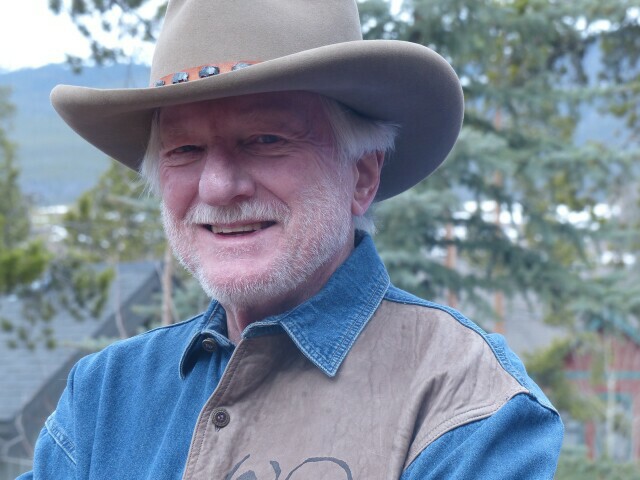A Dozen Serious Media Questions with (Opinionated) Answers

Question: When will the major MVPDs (that’s the Federal Confusion Commission’s moniker for cable, satellite and telco infrastructure-based video providers; it means Multichannel Video Programming Distributors) figure out they are all in the same business and unite in a new more cohesive policy-based group? Answer: Who’s kidding whom? Not in any immediate time frame. AT&T and Verizon don’t have the same world-view as Comcast and Charter … even though they're all really in the same business and the former two are copying everything the latter two do. There’s just too much legacy animosity. So, the answer is: as soon as the next wave of CEOs comes in we can probably expect a younger (a.k.a. more up to date) tilt. Meanwhile, the American TV Alliance does try to present a united front on some limited shared issues.
Q: How long before the FANGS (that’s Facebook, Amazon, Netflix, Google and Snapchat) have to really pay for broadband distribution?
A: Well, to a degree, some already do. For example, Netflix pays backbone broadband distributors to get closer to the right broadband distribution nodes for better service over terrestrial MVPDs.
Q: Will net neutrality really disappear?
A: Yep. As long as FCC Chairman Ajit Pai is in charge, it will. But, there are other possibilities including the long shot concept of the U.S. House and Senate actually agreeing on something. There’s a draft broadband bill that might, just might, become reality.
Q: So what?
A: Without net neutrality, you’ll pay more … from both the programmer/packager using today’s OTT (over-the-top cost-free access Internet distributed over those MVPDs) and the consumer paying a la carte fees.
Q: Anything else?
A: Of course. Players today don’t have equal access to the new currency of data. For example, cable MVPDs can’t aggregate and sell their data. The “edge” players (FANGS+ more!) can do so … and they do. That should change with the demise of net neutrality. Exactly how isn’t quite foreseeable yet.
Q: The Advanced Television Systems Committee (ATSC) has promulgated a new standard for over-the-air broadcast television. What does that mean?
A: It means TV stations will have to upgrade. They do get rights to track viewers and build better databases. It also means MVPDs will have to do so, too. Just as when digital broadcasting arrived, TV stations will, if MVPD lobbying prevails, have to simulcast the old and new technologies for a transition period. (By the way, ATSC 3.0 has been called the “most innovative and disruptive technology, platform or product.” Plenty of stuff to think about there!)
Q: How will broadcasters pay for the needed upgrades to ATSC 3.0?
A: That’s easy. It's all covered by government-mandated retransmission blackmail (a.k.a. you-gotta-carry-our-signals-and-pay-whatever-we-say rules). S&P predicts that retrans fees will grow to $12.8 billion by 2023. Just last year fees increased at some broadcasters from 23% to an astonishing 157.9% at Nexstar Media. So unless Congress moves to curb these fees, the broadcasters have a permanent get-out-of-debt-free card.
Q: A related question, when will more MVPDs give away cheap digital antennas and drop local channels?
A: Soon enough to raise questions about the answer to the second ATSC question.
Q: What’s a “vMVPD”?
A: That little “v” means “virtual.” In other words, it is streaming video on demand (SVOD) or repackaged linear channels as streaming channels all using the Internet for free. Subscribers pick packages of a sort of individualized a la carte.
Q: What affect will more streaming -- that is, OTT like Netflix -- have on the so-called linear “cable” network bundles?
A: No one really knows. This is the era of the Video Wild West. Every programmer is experimenting. Packages of channels are being juggled, reconfigured and repurposed daily. Disney, for example, will quit allowing Netflix to distribute its programming in order to launch Disney-only packages. The most expensive MVPD-distributed channels have long been the ESPN channels … the flagship ESPN channel alone costs the distributor over $7/month per subscriber. And it has been steadily losing subscribers as viewing habits change. Not to mention the fact that MVPDs have been raising rates aggressively for years pushing pricing beyond the means of many households.
Q: So is it possible that people will go back to (gasp!) reading books?
A: Oh, please. But then ... whoever thought Donald Trump would be in a position to refer to himself as "Mr. President"?
Q: Speaking of the President, is fake news real?
A: Of course. But the “fake news” the President whines about is 97% simple direct quotes from the President himself … with audio or video to back it up.
Random Notes
More competition (and confusion) is on the way as Apple TV, Facebook and Google ramp up spending on original content. At the same time, incumbent “cable” channels are moving online into social media in a bigger way; CNN is programming a daily news show on Snapchat along with selected updates.
Comcast is rolling out DOCSIS 3.1 at a rapid rate as the cable operator continues upgrades for broadband capacity. For more about the “edge” and ongoing, accelerating fights with and among infrastructures check out this New Yorker story. It's a must read!
Click the social buttons above or below to share this content with your friends and colleagues.
The opinions and points of view expressed in this content are exclusively the views of the author and/or subject(s) and do not necessarily represent the views of MediaVillage.com/MyersBizNet, Inc. management or associated writers.


